|
simple refrigeration system for thermal management
simple refrigeration system is widely used in commercial refrigerators and household air conditioners. it was introduced to personal computer by kryotech for amd athlon processor[1] and to server by ibm for its s/390 g4 mainframe in 1990s [2]. unlike traditional air-cooled heat sinks and liquid-cooled cold plate, refrigeration cooling system utilizes phase change of refrigerant to reduce the temperature. it takes the advantages of refrigerant’s low boiling point and high latent heat in phase change.
figure 1 shows a personal computer equipped with a refrigeration system to cool its cpu, the refrigeration system is manufactured by thermaltake [3]. figure 2 illustrates the system’s components and refrigeration cycle.
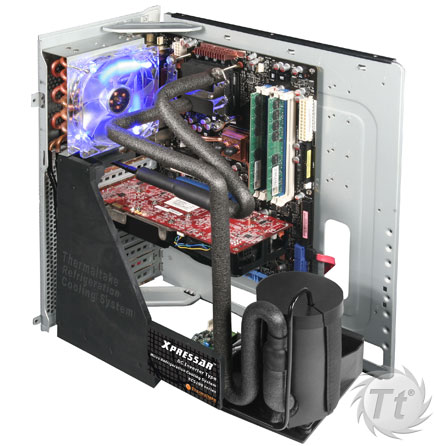
figure 1 thermaltake xpressar refrigeration system for pc [3]
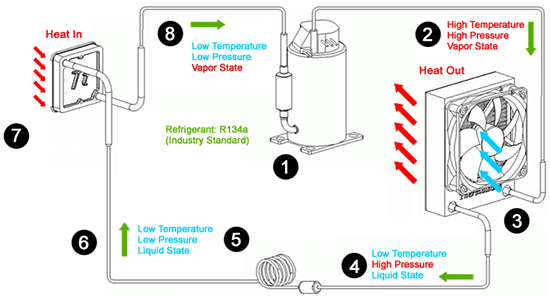
figure 2 thermaltake xpressar refrigeration system schematic [3]
component 1 is a compressor, which compresses the vapor and increases its pressure and temperature simultaneously. the compressor also serves as a pump to move the refrigerant around the loop. component 3 is a condenser with fan. when high pressure/high temperature vapor moves through the condenser, it condenses to high pressure/low temperature liquid. the condenser also works as a heat exchanger and removes the heat from the system to the ambient. component 5 is expansion valve/coils, which reduces liquid pressure. component 7 is a cold plate, which absorbs heat from cpu and transfers the refrigerant from liquid to vapor. the vapor is then delivered to compressor and the cycle is repeated again.
the coefficient of performance (cop) of refrigeration cycle is used to characterize the performance of refrigeration system. it is defined as ratio of the heat removed from system q to the energy used in the process w.
cop=q/w (1)
to calculate the coefficient of performance (cop) of refrigeration system, it is necessary to understand the refrigeration cycle. the reversed carnot cycle is the most efficient refrigeration cycle and it is illustrated in figure 3. carnot cycle represents an ideal process for refrigeration cycles. however, process 2-3 and 4-1 are isentropic process in the ideal cycle. in real cycle because of the compression (process 2-3) and expansion (process 4-1) there is a change of entropy and that must be accounted for.
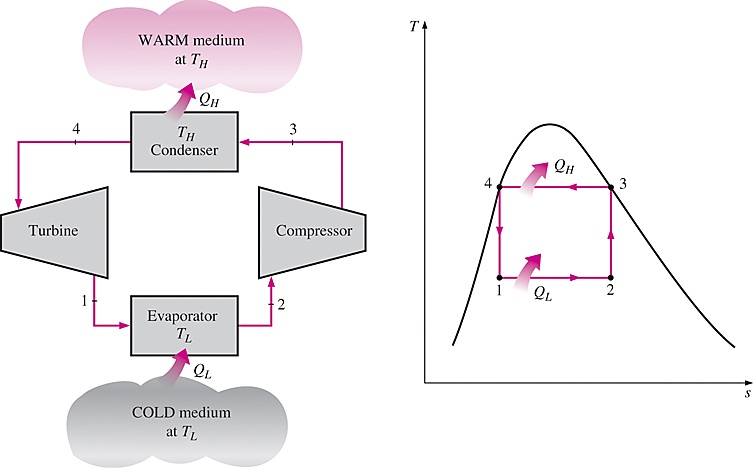
figure 3 schematic of a carnot refrigerator and t-s diagram of the reversed carnot cycle [4]
the vapor-compression refrigeration cycle is the ideal model for refrigeration systems and it is shown in figures 4 and 5. unlike the reversed carnot cycle, the refrigerant is vaporized completely before it is compressed and the turbine is replaced with a throttling device.
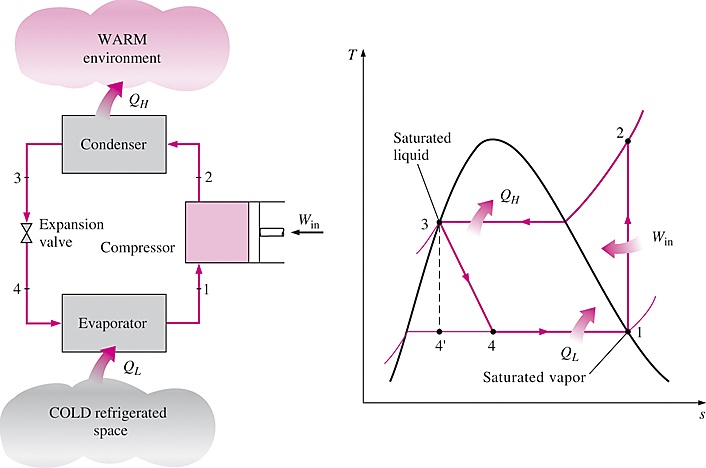
figure 4 schematic and t-s diagram for the ideal vapor-compression refrigeration cycle [4]
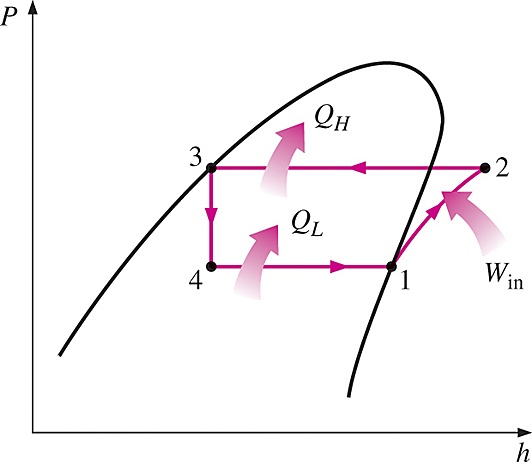
figure 5 p-h diagram of an ideal vapor-compression refrigeration cycle [4]
an actual vapor-compression refrigeration cycle differs from the ideal one in several ways, owing mostly to the irreversibilities that occur in various components, mainly due to fluid friction (causes pressure drops) and heat transfer to or from the surroundings. a simple actual vapor-compression refrigeration cycle is illustrated in figure 6. the irreversibilities includes non-isentropic compression, superheated vapor at evaporator exit, subcooled liquid at condenser exit, and pressure drops in condenser and evaporator. all above irreversibilities result in decrease of cop.
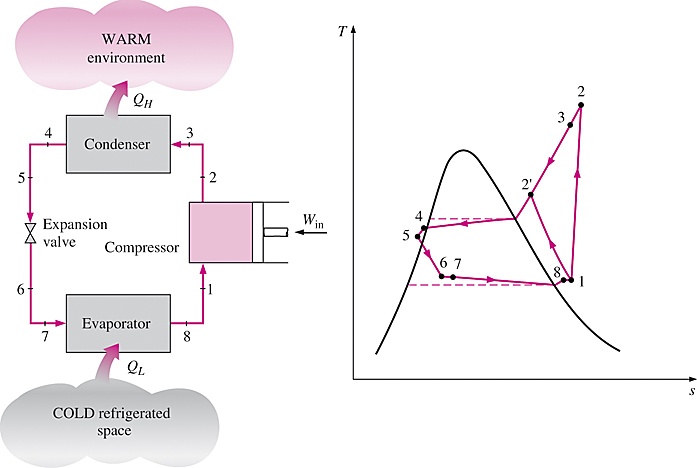
figure 6 schematic and t-s diagram for the actual vapor-compression refrigeration cycle [4]
the simple vapor-compression refrigeration cycle shown in figure 6 is the most widely used refrigeration cycle, and it is adequate for most refrigeration applications. it is simple, inexpensive, and reliable. so it is widely used in thermal management as shown in figure 2.
below is a simple example to calculate the heat transfer in a simple refrigeration system like figure 2. assume that the cpu generates 150w heat during operation. r134a is used as refrigerant in the system. it enters the compressor of a refrigerator as superheated vapor at 0.15 mpa and -10°c and laves at 0.8 mpa and 50°c. the refrigerant is cooled in the condenser to 26°c and 0.72 mpa and is throttled to 0.2 mpa. disregarding any heat transfer and pressure drops in the connecting lines between the components, referring to figure 4, determine (a) the minimum mass flow rate to remove the heat (b) the coefficient of performance of the refrigeration system.
from r134a property table,
p1=0.14mpa, t1=-10°c, h1=394.50kj/kg
p2=0.80mpa, t2=50°c, h2=434.84kj/kg
p3=0.72mpa, t3=26°c, h3=235.97kj/kg
h4=h3=235.97kj/kg
the heat removed from cpu,

the minimum mass flow rate needed is,

the power input to compressor

the coefficient of performance of the refrigeration system is,

by using 1 unit of work, the refrigeration system removes 3.92 unit of heat from the cpu and dissipates it to ambient.
references
- azar, k., electronics cooling – from air to liquid, a short course: part c – technology option, 2007.
- schmidt, r. and notohardjono, b., high-end server low-temperature cooling, ibm journal of research and development, volume 46, number 6, november 2002.
- http://www.xpressar.com.
- cengel, y. a. and boles, m. a., thermodynamics: an engineering approach, 6th edition, mcgraw-hill, 2008
|